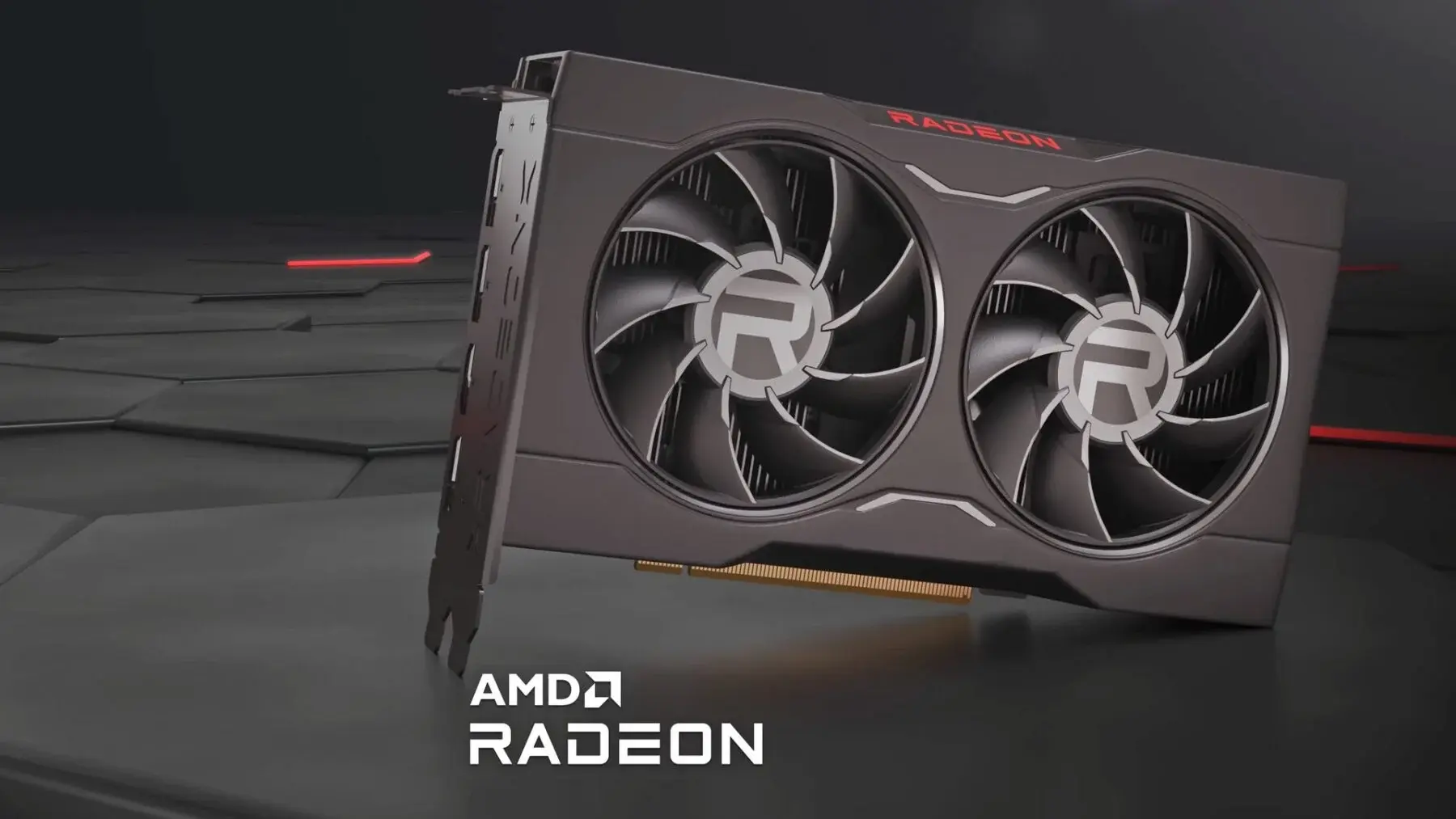Arm has introduced a revolutionary feature for mobile gamers: Arm Accuracy Super Resolution (ASR). This upscaling technology, derived from AMD’s FSR2 but fine-tuned for mobile devices, allows for smoother gameplay on less powerful phones and tablets. Unlike FSR2, which targets PCs and high-end consoles, Arm ASR is focused on mobile applications and operates efficiently on devices with limited processing capabilities. Additionally, Arm provides ASR as an open-source solution, available to developers at no cost for integration into their games.
Optimized for Mobile Devices
The release of this technology is timely. As Arm processors, like Apple’s M series chips, bring more power to laptops, mobile gaming is experiencing a surge. Even high-demand 3A titles are making their way to smartphones and tablets. Arm ASR is designed to handle these trends by being optimized for the constraints of mobile devices.
Arm’s internal tests reveal impressive outcomes. Using a specific GPU at 2x upscaling resolution, ASR shows a 53% improvement in frame rates compared to FSR2’s 36%. Tests with MediaTek’s Dimensity 9300 chip further indicate that 2x ASR reduces power consumption by over 20% compared to native 1080p rendering. This results in longer gaming sessions on battery-powered devices and helps mitigate overheating issues, a significant concern for mobile gamers.
A Different Approach to Super-Resolution
Arm ASR is not the first super-resolution technology for mobile devices (Qualcomm’s version focuses more on performance than image quality), but it takes a unique approach. It employs temporal super-resolution sampling technology, collaborating with the game engine to deliver superior image quality with slightly higher processing demands. This method could benefit Microsoft’s Copilot+ PC running Windows 11 on Arm, given their aim to enhance the Arm gaming experience. While Microsoft’s Auto SR technology uses AI for performance improvement, its dependency on AI processing currently limits its application to Copilot+ PCs.
Ease of Use and Accessibility
Arm ASR is also user-friendly. Built on AMD’s FSR2, it allows developers already familiar with the framework to easily adapt to its API and configuration options. Being open-source eliminates licensing fees, streamlining cross-platform game development and enabling seamless game progress transfer between devices, so you can continue your gameplay without interruption.



